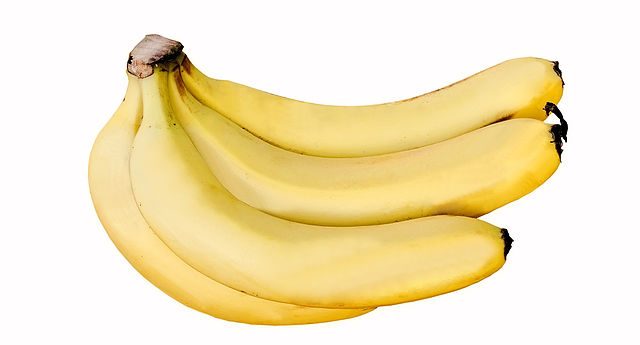A new not-for-profit banana trade body, the Banana Association of North America (BANA), intends to create awareness for this cheapest healthy fruit. Due to affordability, the humble peeled fruit sates the appetites of millions of North Americans each year. The United States tops consumption volumes worldwide at 3.722 million tonnes (2022) while Canada utilizes 0.518 million tonnes a year. But do consumers realize why they like the fruit?
To find the answer, Selina Wamucii contacted Tom Stenzel, Principal at The Stenzel Group LLC.
Stenzel first delineates how the BANA awareness campaign will impact banana consumption in North America:
“Although we’re just getting started, we intend to re-energize the banana category, leading to increased consumption. While bananas are still the number one fruit in North America, they have become a staple and perhaps not as exciting as some other products.
“We intend to remind consumers why they love bananas — taste, convenience, health, energy, etc.”
Will consumers gain from this partnership?
“For consumers, bananas are one of the most affordable foods in the grocery store. Far less than energy drinks, power bars or other options when consumers want a quick snack. And, bananas’ health benefits far exceed these other choices.”
Earlier on, Stenzel had told the press that “the banana industry plays an essential role in feeding millions every day.”
That this is true is apparent in the statistics’ section below but one on banana consumption in North America.
About BANA
BANA is a new not-for-profit banana trade body formed by four key importers from North America. Its member entities include Fresh Del Monte, Fyffes North America, Chiquita and the Dole Food Company. The four companies will provide a Board of Directors for the association while Tom Stenzel, Principal at The Stenzel Group LLC will lead daily operations.
North America Banana Consumption Statistics
North America prides in high consumption of bananas primarily due to the fruits’ cheap access and health benefits. A single 118-g banana provides 3.07 g of fiber, 1.29 g of protein and 3 g of fat. It also supplies 105 calories for energy and 422 mg of potassium for heart health. Americans also use the unripe fruits to make green banana flour whose prebiotic fiber promotes beneficial bacteria in the gut.
As such, the United States is the world’s top consumer market for bananas by volume at 3.722 million tonnes (2022). This means each person eats 27 pounds of bananas per year or 90 medium-sized pieces annually, according to ABC News. Canada on the other hand imports some 591.9 million kg of bananas each year, as of 2020, according to Stat Canada (Statcan). This means around 14.68 kg of the fruit is available to each person in Canada, as of 2022. In actual consumption terms, Canada has a per capita of 13.5 kg per person per year, based on 2022 eating patterns.
Both the U.S. and Canada order this fruit from mainly tropical sources in the Americas. In 2023, Canada imported 46.5% from Guatemala and 17.2% from Costa Rica while the United States ordered 41% from Guatemala.
How cheap are retail bananas in North America?
Bananas remain some of the cheapest healthy fruits in North America, including the United States. According to the U.S. Department of Agriculture (USDA) prices average $0.6 a pound in summer months, per the below table.
| Month/Year | Average Monthly Price [$/pound] |
| August 2023 | 0.631 |
| July 2023 | 0.631 |
| August 2022 | 0.643 |
| July 2022 | 0.640 |
In comparison, navel oranges cost $1.703/pound (August 2022) while lemons $2.032/pound the same month.
Canada, too, enjoys absolutely cheap bananas depending on the reigning supply statuses in import destinations. According to Statcan, bananas cost the least of all fruits it tracks at C$1.65 ($.118) a kg retail, as of February 2024. In comparison, apples average C$3.75 ($2.69) a kg (January 2017) while oranges C$2.71 ($1.94)/kg.
